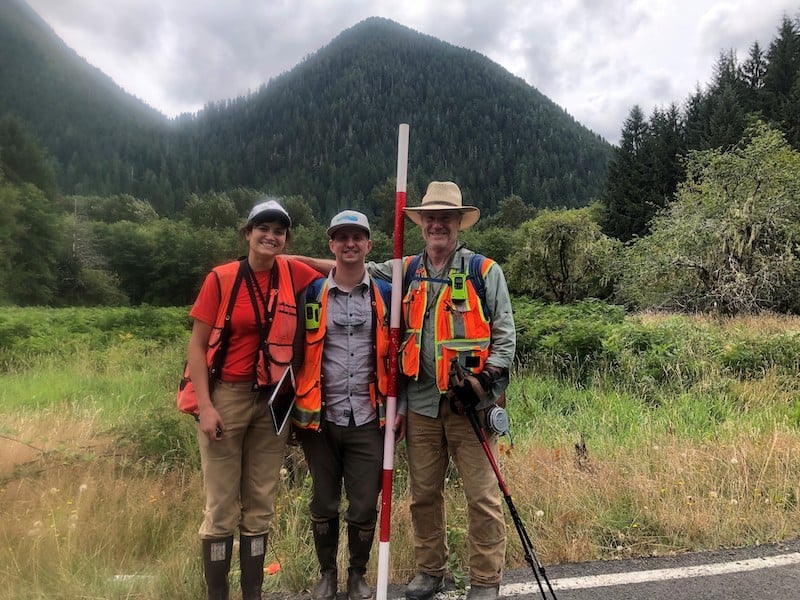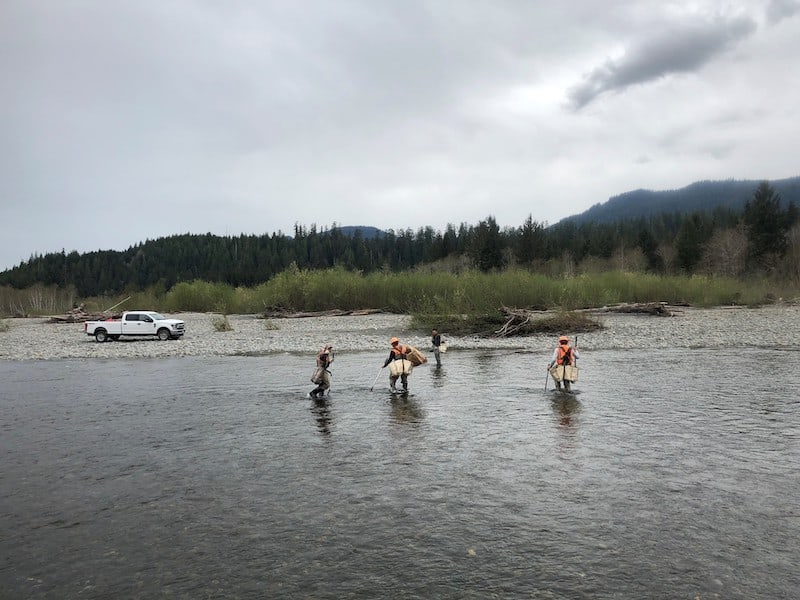 The health of native riparian plant communities is essential to the ecological integrity of both aquatic and riparian ecosystems. Riparian forests provide a suite of physical, biogeochemical and fish and wildlife habitat functions. Large riparian trees are the source pool for the floodplain large-wood cycle–including large wood jams–and thus critical to self-sustaining riverine ecosystems. The cutting and degradation of forested floodplains throughout the American west has led to critical impairments associated with a lack of mature riparian forests and large wood recruitment leading to rapid bank erosion, channel incision, and diminished and impaired salmonid habitats. Riparian forest degradation is also associated with diminished aquatic insect communities; loss of in-channel plant cover, pools, and side channels; stream widening; and increased water temperature.
The health of native riparian plant communities is essential to the ecological integrity of both aquatic and riparian ecosystems. Riparian forests provide a suite of physical, biogeochemical and fish and wildlife habitat functions. Large riparian trees are the source pool for the floodplain large-wood cycle–including large wood jams–and thus critical to self-sustaining riverine ecosystems. The cutting and degradation of forested floodplains throughout the American west has led to critical impairments associated with a lack of mature riparian forests and large wood recruitment leading to rapid bank erosion, channel incision, and diminished and impaired salmonid habitats. Riparian forest degradation is also associated with diminished aquatic insect communities; loss of in-channel plant cover, pools, and side channels; stream widening; and increased water temperature.
NSD + CGS’s forest, plant and wetland ecologists conduct riparian functional assessments and plant community restoration designs including: riparian plant community surveys, riparian vegetation functional assessments, floodplain wetland analyses and restoration forestry. We are known for our expertise in designing, and overseeing the installation of large scale (i.e. hundreds to thousands of acres) riparian restoration forestry operations, including: floodplain forest stand surveys, silvicultural restoration designs, silvicultural operations supervision, tree seed collection, coordination of nursery operations, native plant propagation techniques, and forest restoration effectiveness monitoring.



